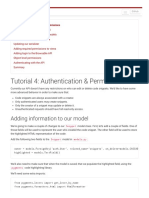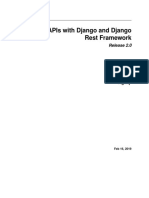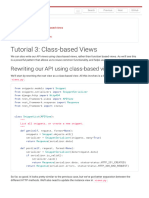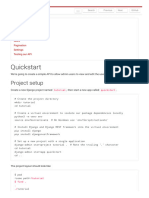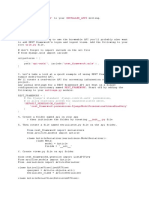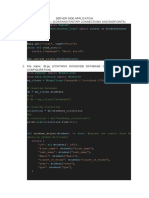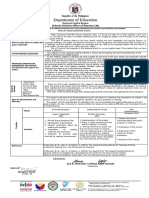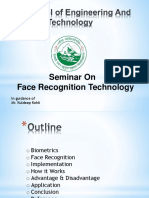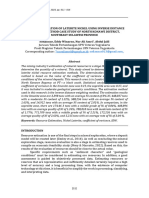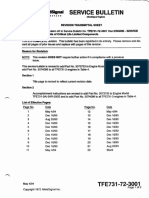0% found this document useful (0 votes)
52 views4 pagesDRF CheatSheet
The document is a cheat sheet for Django REST Framework (DRF) covering key concepts such as Generic API Views, Serializers, Permissions, Token Authentication, and handling migration errors. It includes examples of class-based views, serializer validation, custom permissions, and best practices for exam preparation. Additionally, it provides sample URL patterns for API endpoints.
Uploaded by
vamsi krishnaCopyright
© © All Rights Reserved
We take content rights seriously. If you suspect this is your content, claim it here.
Available Formats
Download as PDF, TXT or read online on Scribd
0% found this document useful (0 votes)
52 views4 pagesDRF CheatSheet
The document is a cheat sheet for Django REST Framework (DRF) covering key concepts such as Generic API Views, Serializers, Permissions, Token Authentication, and handling migration errors. It includes examples of class-based views, serializer validation, custom permissions, and best practices for exam preparation. Additionally, it provides sample URL patterns for API endpoints.
Uploaded by
vamsi krishnaCopyright
© © All Rights Reserved
We take content rights seriously. If you suspect this is your content, claim it here.
Available Formats
Download as PDF, TXT or read online on Scribd
/ 4

















